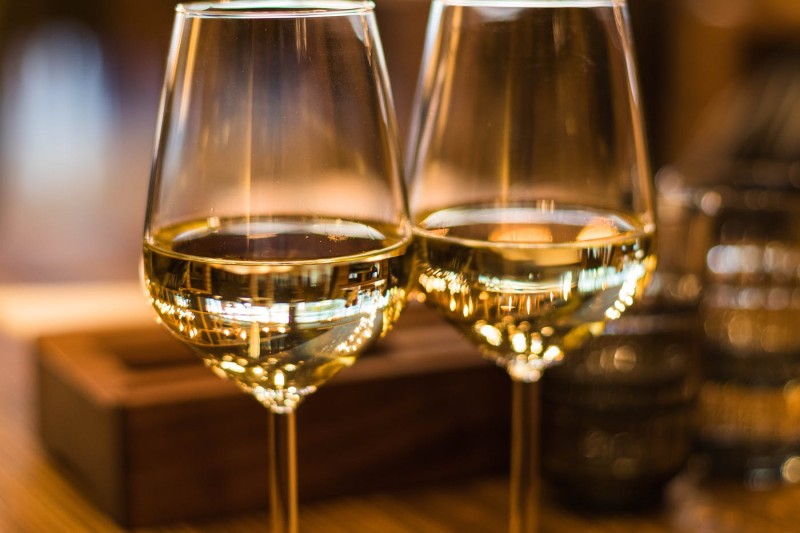Wine tasting may seem intimidating to the uninitiated, but it’s actually quite simple once you learn the basic techniques. With a little practice, anyone can become an expert at identifying the subtle flavours and aromas in fine wines. This beginner’s guide will teach you the fundamentals of wine tasting so you can start appreciating the complex bouquets and tastes of different varietals.
Look
When wine tasting, you first want to examine the wine visually. Tilt your glass to see the wine’s colour and clarity. Red wines can range from purple to brick red. White wines tend to be paler, with shades of yellow, gold or amber. Also, look for sediment, which is common in older wines. Sediment is a sign of a less filtered, more natural wine.
Swirl
After observing the wine’s appearance, give your glass a gentle swirl. This helps aerate the wine and release its aromatic compounds. Swirling coats the sides of the glass with wine, which concentrates the aromas. Be careful not to spill when swirling. Move the glass in a circular motion to get the full aromatic experience.
Sniff
Now, put your nose to the rim of the glass and take a deep inhalation. Let your nostrils become infused with the wine’s bouquet. You may detect fruity notes like berry, citrus, peach or apple. Warmer spices like vanilla and pepper could come through as well. Pay attention to any woodsy, earthy characteristics. Take a few good whiffs to fully appreciate the wine’s range of scents.
Sip
Finally, take a sip and let the wine spread across your tongue. Though our initial instinct may be to gulp it down, sipping slowly allows you to gain the full flavour profile. Let the wine linger through your mouth before swallowing. As you sip, notice the wine’s structure and texture. Is it smooth, silky, or full-bodied? Does it feel tannic and dry? Be attentive to the aftertaste as well. Quality wines often leave a pleasant taste that lingers after swallowing.
Taste
As the wine interacts with your taste buds, you’ll start noticing distinct flavours. Fruity notes like blackberry, raspberry, plum, melon and pear tend to be most prominent. Spice flavours from oak aging may come through, like vanilla, cinnamon and clove. You might also detect earthiness like leather, coffee, tobacco or mushrooms. Pay attention to the wine’s acidity - does it taste crisp and tart? The tannins may leave a bitter, dry, or puckery feel. Look for complex flavours that develop throughout the tasting experience.
Describing Your Impressions
After going through the steps of looking, swirling, sniffing, sipping and tasting, you can start identifying the wine’s characteristics. Begin to compile descriptive words and phrases to convey your impressions. For example, “This Cabernet Sauvignon has a dense purple hue and aromas of black cherry and cocoa, with lively acidity and firm, gripping tannins.” Don’t be afraid to get creative and specific with your descriptions! The more notes you take, the better you’ll get at detecting subtle flavours and distinguishing fine wines.
Choosing Quality Wines
As a beginner, it helps to start with reputable producers known for making premium wines. When visiting your local fine wine merchant, ask for guidance about highly rated vineyards and appellations. For example, in France’s Bordeaux region, favourites include Château Lafite Rothschild and Château Margaux. You can often find a great selection at online fine wine merchants. Learning the well-respected wineries will help you make informed choices as you develop your palate.
Approaching Wine Tasting
Wine tasting requires focus and attention, but it should also be enjoyable. Sip slowly, with an open mind, and discover the range of aromas, flavours, and textures wine has to offer. Record your impressions so you can start recognising what you like. With a little practice, you’ll be discussing wines like a connoisseur in no time. Soon, you’ll have the confidence to sample unique varietals from top wine merchants and vineyards around the world.
